Here’s a few reasons why Barista’s choose Fleurieu Milk
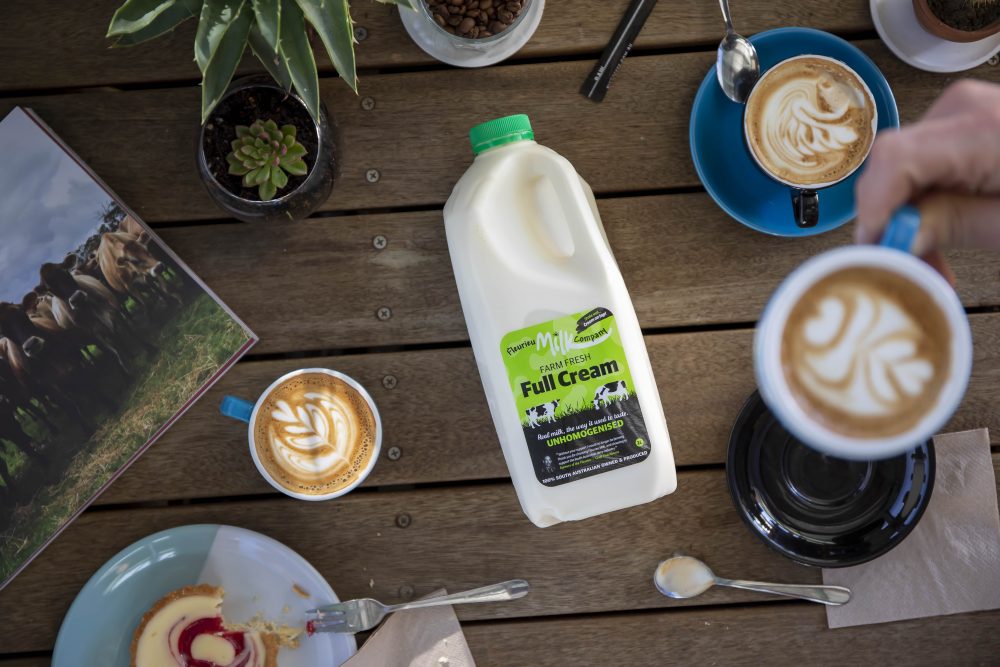
“In the coffee world people naturally spend a lot of time discussing origins, roasting and brewing, but let’s not forget coffee’s greatest friend – milk”
Our range of white milk offers versatile options for baristas and cafe owners as we know not every espresso is the same.
Within the initial 24 hours which it takes for our milk to get from cow to café, there’s some key elements which impact the quality – defined by flavour, texture and longevity. Let us explain.
Breed of Cow (Friesian & Jersey)
There are a few differences between the breeds that make up our herds at Fleurieu Milk. Our Jersey herd produces a richer, creamier milk. Although this is the case, the Jersey breed produce less milk per cow. This is mainly due to the size difference. The Holstein Herd is the larger of the two breeds. They produce a slightly less creamy milk, compared to the Jersey, that is still rich in flavour and texture.
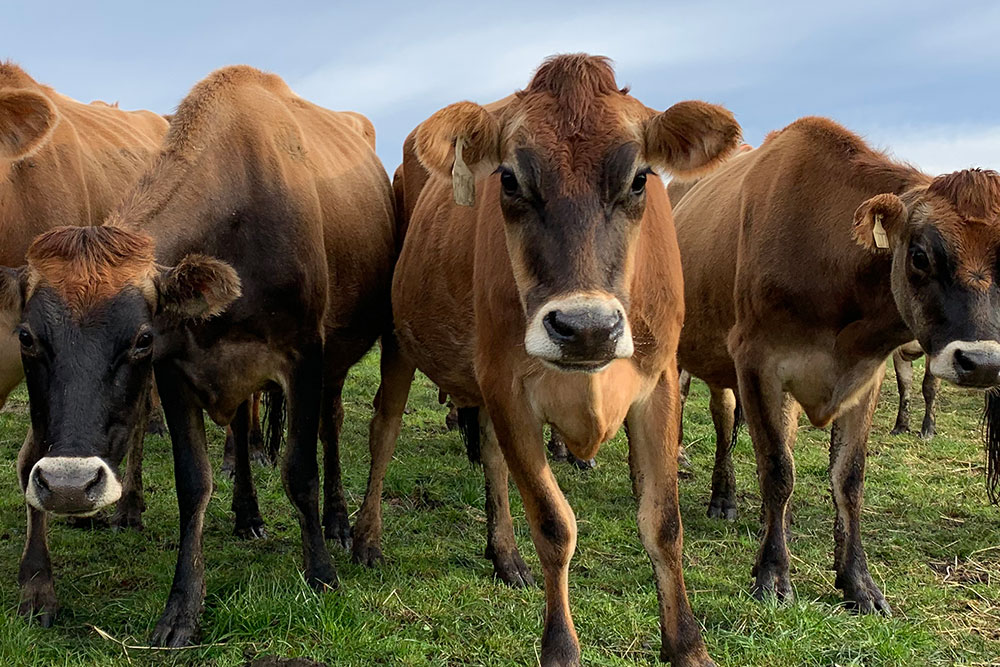
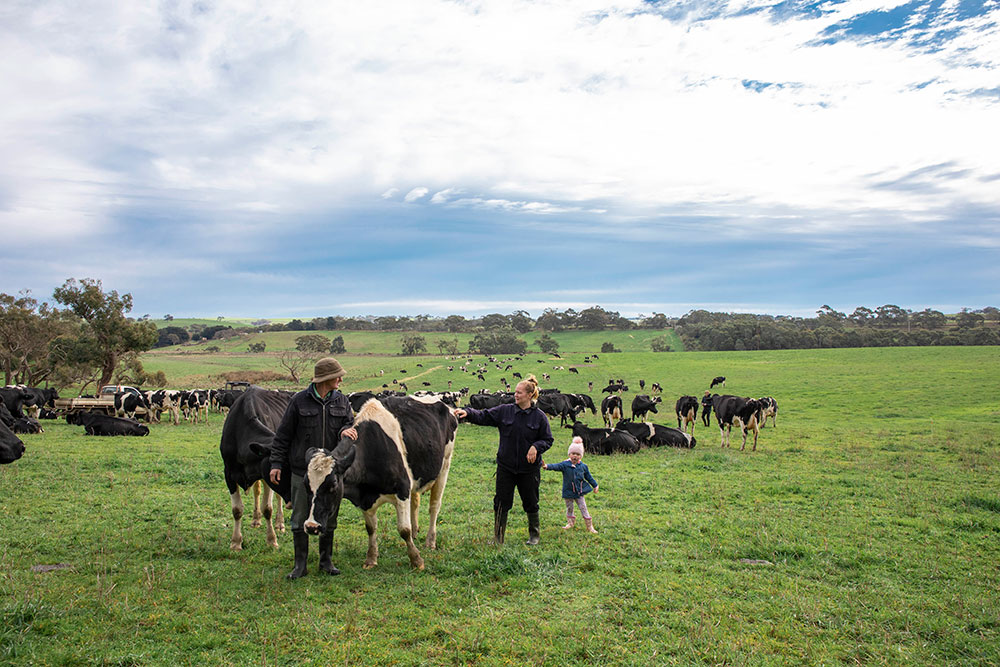
Diet
Myponga is home to lush green pastures, the main food source for our cows although during colder months our Rye and Clover grass can struggle to grow, during this period we opt to feed our cows silage, silage is a grass compacted and stored in airtight conditions, typically in a silo, without first being dried.
Pasteurisation
The pasteurisation of Raw Milk before consumption is a legal requirement. Raw milk has the perfect conditions for bacteria to grow. History and modern testing has taught us that the pasteurisation process kills these bacteria making the milk a much safer food product. The minimum requirements found to be most effective at killing the bacteria is 72 degrees Celsius for 15 seconds. Here at Fleurieu milk we pasteurise at 72.5 degree Celsius for a slightly longer period of time to ensure that all milk that goes through our processing facility is at the highest possible standard for the consumer.
Homogenisation
Homogenisation is used to uniformly distribute the fat content throughout the milk so that there is consistency between the first and last pour of each bottle.
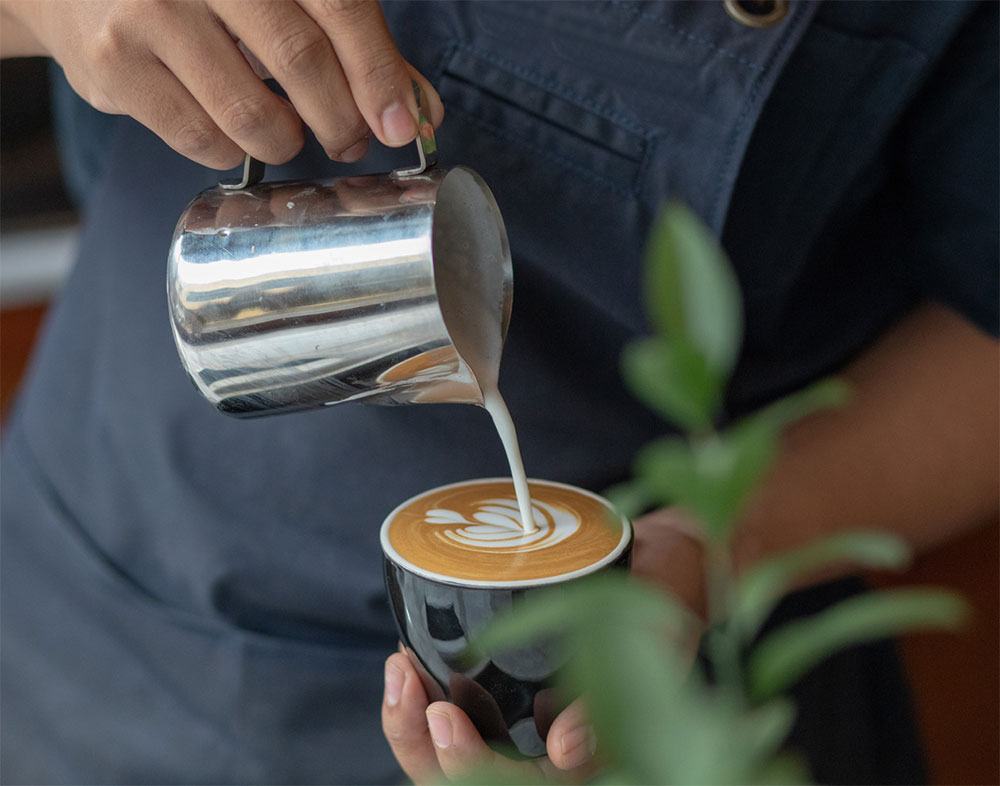
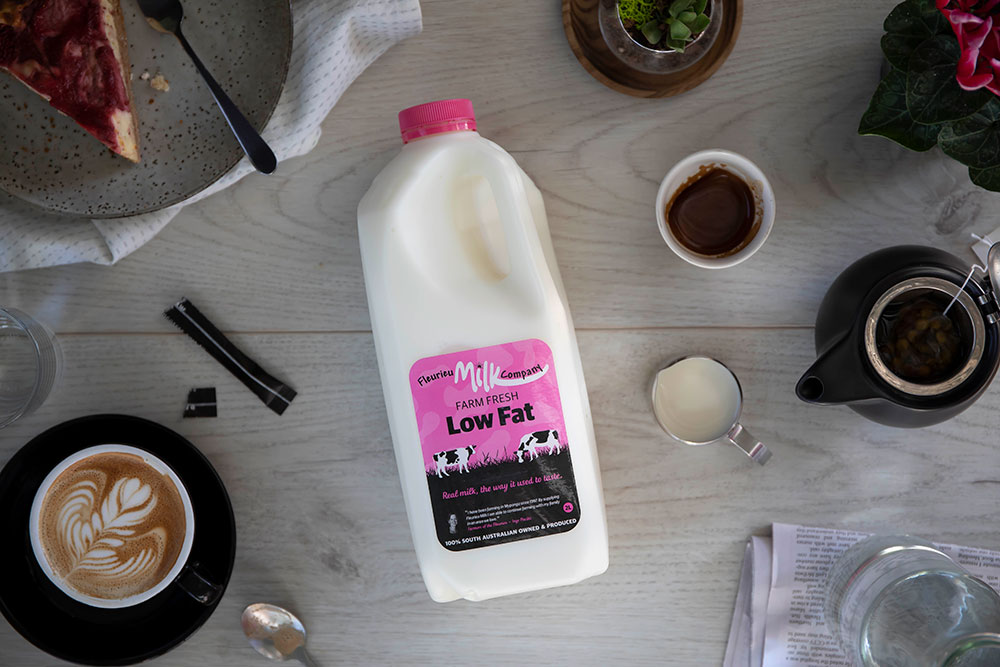
Skimming
This is done to produce our Low Fat and Cream Products. The step in processing allows for the separation of the Cream (Fat) from the milk. We then get a low fat product and a high fat product. Generally speaking, around 12 litres of milk separated will give 1L of cream.
Why not get in touch today to speak with our team and find out which milk is your perfect pair!
